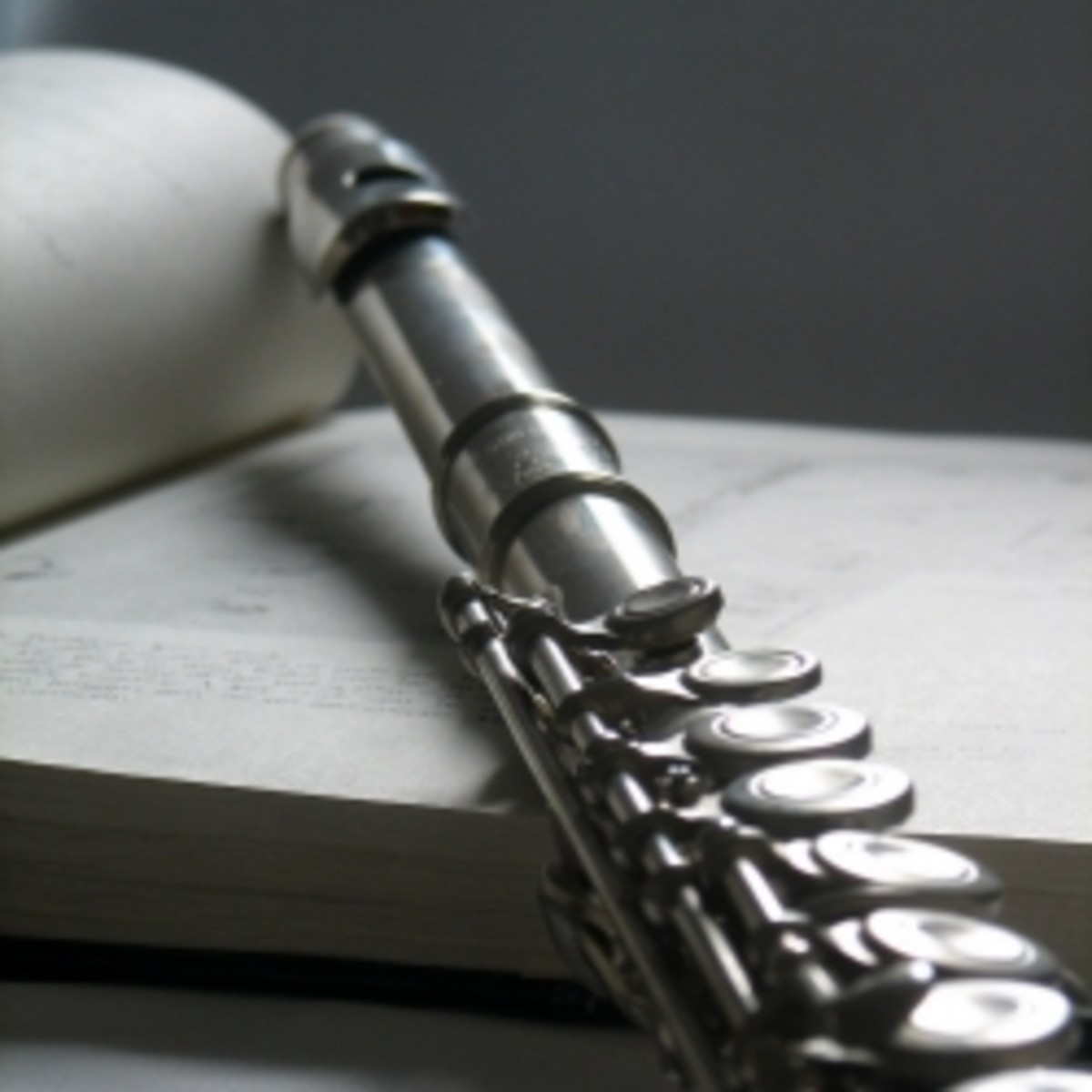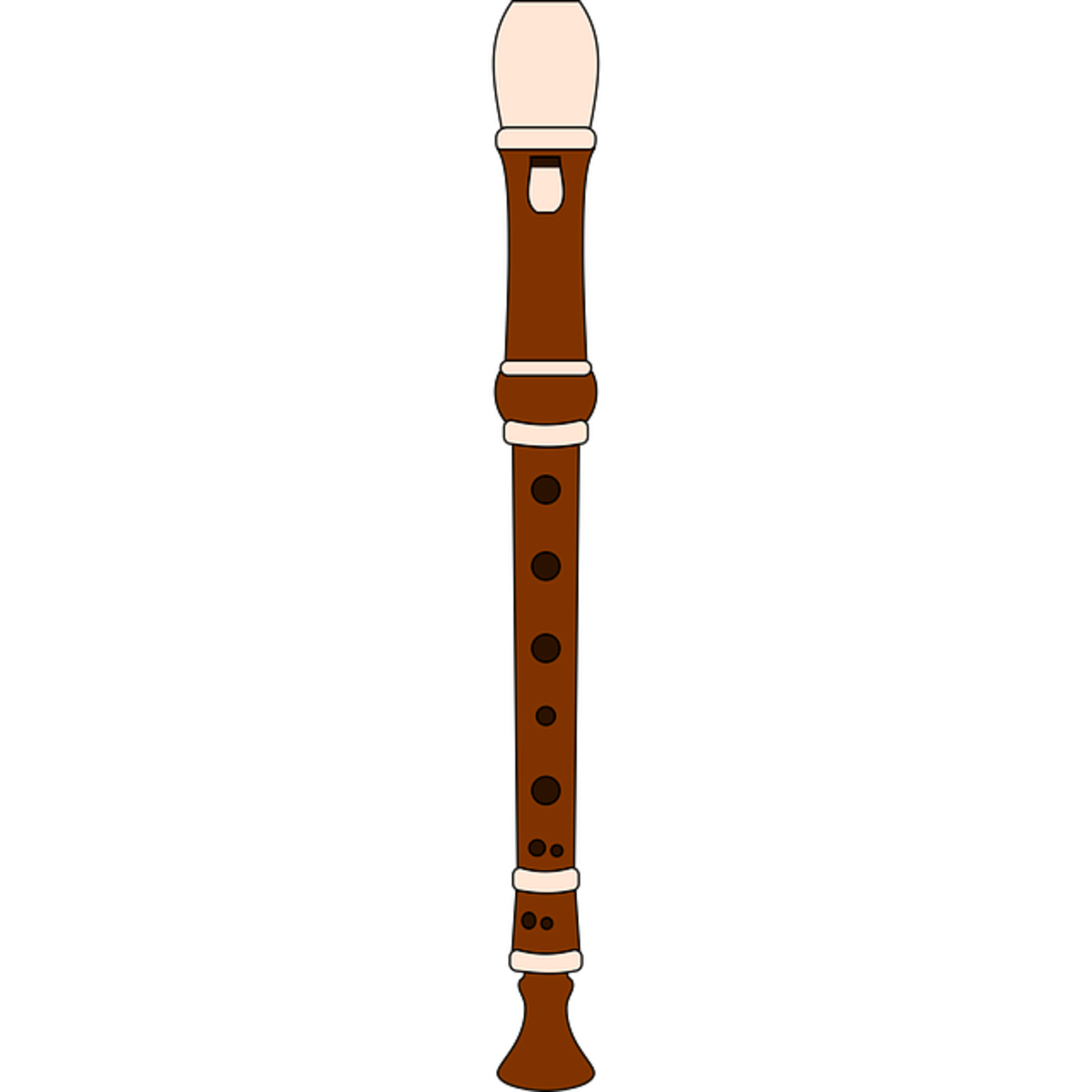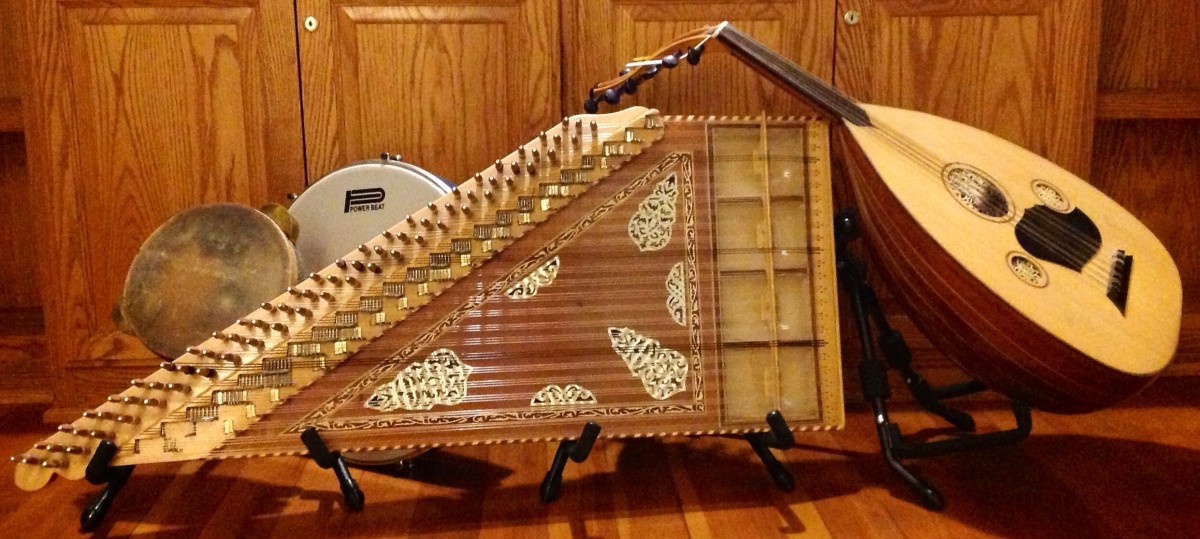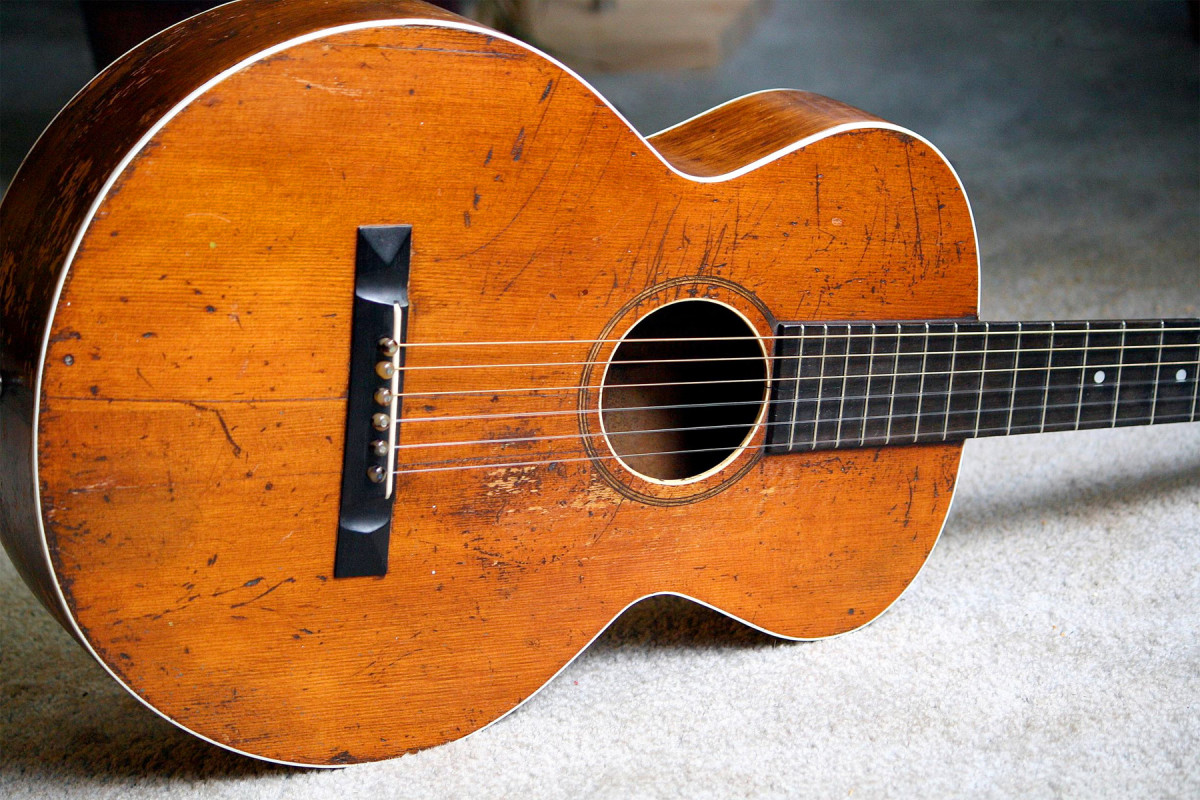The Flute

The Eternal Flute
The flute: (flauto-Italian, flute-French, flöte-German).The name is generic for the whole class of woodwind instruments ranging from folk instruments, mainly made of wood and inherent to many cultures, to the contemporary orchestra flute. The one thing that is common for all of them is the lack of a reed. Unlike other wind instruments the sound of the flute is produced while passing a flow of air through a duct against an edge. The flute, enigmatic and mysterious, has won fast the hearts of both amateurs and professionals. Its light sound and innumerable expressive and performance possibilities never fail to attract musicians.
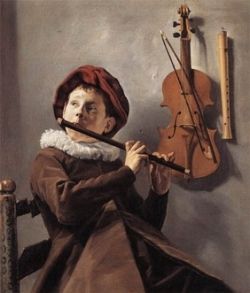
The history of the flute
The flute is justifiably associated with the most ancient musical instruments. Ardalus, a son of Hephaestus was considered the inventor of the flute in the antique Greece. Officially its history dates back to 35 000 – 45 000 BC. But it probably appeared much earlier than that.
Supposedly, the first instrument resembling the flute was a whistle. Later holes were made in the whistle tubes thus turning a whistle into a whistle flute which could be used for playing finished musical compositions. The oldest flutes found were made of wood and are believed to be 5 000 years old.
For a long time the flute remained unchanged. Only at around the end of the 17th century was it tinkered with and improved by the French artisans. They worked hard improving keys, introducing additional ones and eventually due to their efforts the instrument acquired a totally different sounding, it became clearer and more varied.
The most radical changes in the flute design which have survived until our day were made by Theobald Boehm, a German metal worker and instrument maker. He repositioned the holes (now flutes with 16 holes are mostly played) to make it possible to play the instrument without weird fingerings and installed a new key work. Boehm was the first to suggest metal for making flutes. Metal flutes, being most common, are no wonder today because one can find flutes made also of silver, glass and ivory.
How flutes are made

The flute family
Recorder (a fipple flute). A woodwind musical instrument made, as a rule, of wood or plastic. It has little in common with a standard transverse flute. The recorder is held outwards and the player blows air through the hole located at the end of the tube. Similarly to a whistle there is an outlet with a hard edge against which the airflow is directed. On the resonator tube there are several holes for fingers. Nowadays the recorder is basically used for authentic performance of historic classical music or in folk music and for teaching music to children.
Transverse flute. A type of flute that is most popular among performers. This wind instrument in now made of different metals or their alloys. The player holds it horizontally hence its name originates; as opposed to the recorder held vertically in the manner they do while playing the clarinet. The flute has a row of 16 holes covered with keys. When all the holes are covered the flute produces the lowest tone. The standard concert flute has a range of about three octaves. Higher tones, ones above the treble clef, are produced with the help of natural scale notes by pressing lips tighter. The lowest register of the flute is the weakest though very rich and colorful, the middle and especially the upper register are strong.
Piccolo. A half-size flute that has the same fingerings as the standard transverse flute and the sound it produces is an octave higher than written.
Pan flute. It consists of 3 or more pipes made from bamboo, giant cane or metal of gradually increasing length stopped at one end. The pipes vary in their length from 10 to 120 centimeters. Each pipe has its own name and big pan flutes require two musicians to perform.
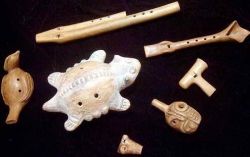
Rare flutes
Bleur. An Indonesian longitudinal flute with a wind-cap and 6 holes for playing. Usually it is made from ebony, decorated by carving. It is used as a solo or ensemble instrument.
Malaysian flute. A Malaysian longitudinal whistle-mouthpiece flute shaped like a dragon. It is made from mahogany. It is used in religious rites for abasing the spirit of the dragon – a highly revered entity in Malaysia.
Kalyuka. A Russian longitudinal overtone flute lacking playing holes. The tones of the kalyuka are based on natural harmonics and when in need of additional tones the player sings them imitating the strident and husky sound of the instrument.
Quray. A national instrument of the Bashkir people, a longitudinal, end blown flute made from the stem of umbelliferous plants. The Bashkir people say: “The quray has existed as long as we have”. From the time immemorial acclaimed quray performers have coupled their playing with the so-called overtone chanting. A quray performer is considered the top one if he can master the overtone chanting while playing the quray.
Bansuri. There are two varieties of this Indian woodwind instrument: transverse and fipple flutes, common in North India. The bansuri is made from a single hollow shaft of bamboo or reed. It typically has six holes; however there has been a tendency in recent years to use seven holes for added flexibility and correctness of pitch in the higher registers. It was previously only associated with folk music, but today it is found in Hindustani classical music and numerous other genres.
Pungi. This Indian wind instrument is usually made from a dried bottle gourd sometimes with the neck of the gourd carved for aesthetic purposes with two reed or bamboo pipes on the other end. In India the pungi is the instrument of choice of wandering fakirs and snake charmers. The pungi players use a technique called circular breathing when they are playing the instrument, so the pungi is played without pauses.
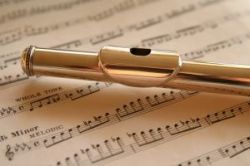
The world repute of the flute
Lots of renowned composers had pieces for the flute: Antonio Vivaldi, Johann Christian Bach, Georg Friedrich Handel, Jacques Martin Hotteterre, Michel de la Barre, Joseph Bodin de Michel Blavet (France), Jean Baptiste Loeillet (Flanders), Giovanni Battista Sammartini, Georg Philipp Telemann, Johann Adolph Hasse (Germany).
A few works featuring the flute are likely to live in our memory for a long time. Undoubtedly, it holds true for The Magic Flute (Die Zauberflote) - an opera in two acts composed by Wolfgang Amadeus Mozart to a German libretto by Emanuel Schikaneder or Karl Ludwig Giesecke (disputed).
Most operettas and musical comedies exhibit certain absurdity and clumsiness in their subjects and this opera is no exception. However, despite its clumsiness (or maybe because of it) the opera has always radiated the charm of a fairy-tale and was an immediate success from the very beginning. Unfortunately, Mozart did not benefit from it. He died thirty seven days after its opening night. As concerns Schikaneder, he managed to build a stark new theatre seven years later, using a fraction of profit from the ever popular opera, and topped it with a sculpture of himself. That was the heyday of his glory but 14 years later suffering from a mental disorder he died in misery like his friend Mozart. The work has outlived their creators and never ceases to be a source of enjoyment to admirers.
Mozart The Magic Flute
Intense Flute Beatboxing Skills - Recently we have witnessed rather unorthodox styles of playing the flute.
How about such quaint techniques?
Flute Music
What do you think?


